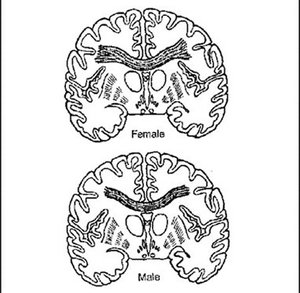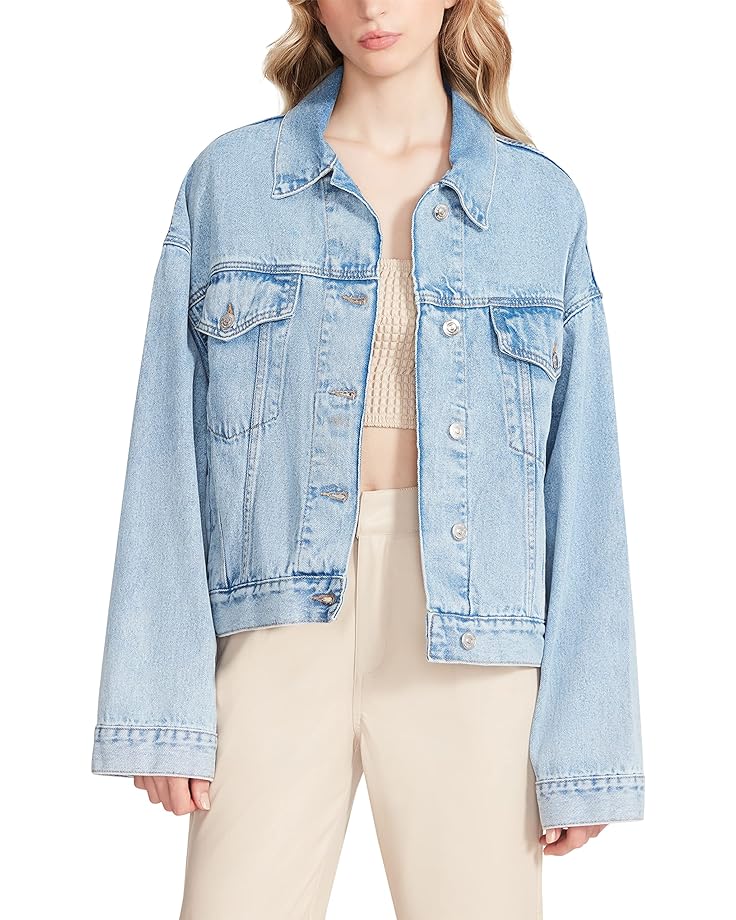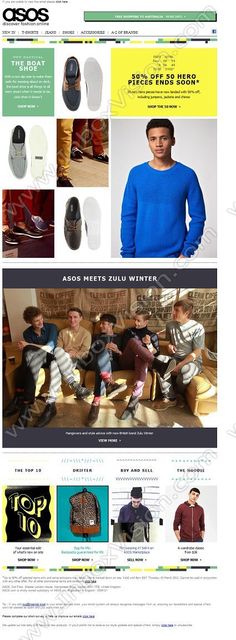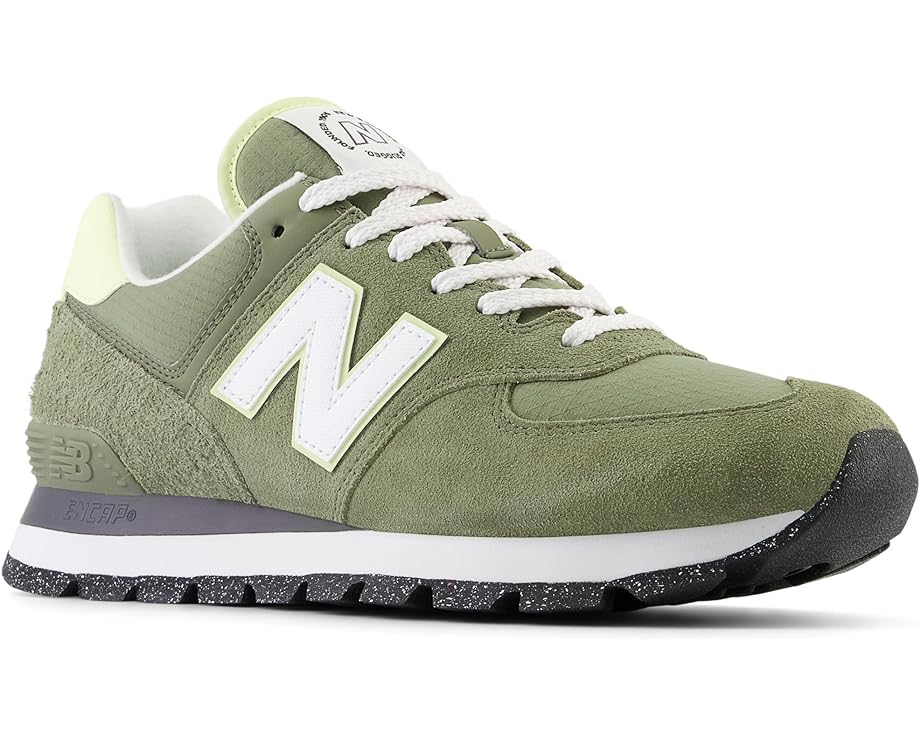Out of the many aspects that can influence a customer’s decision-making behavior, one of the major factors is gender. Men and women approach shopping with different motives, perspectives, rationales, and considerations.
There is a decade worth of scientific research on this subject, which shows that there are observable differences in how men and women behave as shoppers. It’s clear, men and women think differently about shopping and will approach the act of shopping online in different ways.
Gaining an understanding of how gender differences influence purchase decisions and recognizing gender-specific tendencies (not stereotypes!) is important for any business that sells to people – and wants to do so more effectively.
Let’s look at how these tendencies can affect online buying behavior and what you can do to make it work in your favor.
1. It’s all in the brain: Men on a mission, women on a journey
Mark Ganger – Men’s Brain Women’s Brain
Studies have shown that there are numerous physical differences between male and female brains. According to the Scientific American, Women have a thicker corpus callosum, which is the bridge of nerve tissue that connects the left and right side of the brain. It allows women to use both sides of their brains to solve problems quicker, while men predominantly use the left side of their brains.
In general, the left hemisphere is in charge of performing logic computations and processing facts. The right hemisphere is dominant in processing visual imagery and interpreting context.

Corpus callosum in male and female brains (source: Difference in Brains between Males and Females, https://idop2science5.pbworks.com)
Women also use the more organized cerebral cortex to perform tasks, while men use the larger proportion of gray matter in the left side of their brains.
In the context of shopping, this different brain structure leads to men tending to be mission- and task-oriented shoppers while women are more likely to be discovery-oriented shoppers who readily adjust their initial goals if this would result in a more satisfying outcome.
2. Men’s motives for shopping appear to be more utilitarian, whereas women’s shopping motives tend to be hedonic
According to The Mediterranean Journal of Sciences (2017), research shows that customers have a range of underlying motivations triggering their shopping behaviors, but there are essentially two types of shopping motives:
- Utilitarian: The conscious pursuit of an intended consequence. Essentially, meaning you’re shopping “to get something done”.
- Hedonic: Related to intrinsic and emotional responses. In other words, you’re shopping because you love it.
Men tend to follow a utilitarian, more logic-based approach. You need to tell them why they should buy your products and why it makes sense for them to purchase it. Get to the point quickly, focus on the products, and use active statements that demonstrate value.
Women are mostly hedonic shoppers. To reach and engage women, you will have to create emotive shopping experiences that resonate with them. A purely functional approach can fall flat pretty quickly. Women want to know more about you, your brand, the lifestyle you sell and how your products are going to make them feel.
Zappos.com considers these different shopping motives and provides different layouts on their landing pages for men and women: While the version for men focuses on providing a clear navigation by product categories, the version for women aims to sell an emotion.

We can find a similar approach at Asos.com who use different layouts for their Halloween campaign: men will see the individual products, while women will see how these products could look like on them.

3. Women prefer the hunt, men want a quick and effortless process
In their study on online shopping orientations, Seock and Bailey discovered that women visited more websites and contrasted different options more thoroughly than men.
They also found that while female respondents were more likely to find online sales and discounts, the shopping process of their male counterparts was more efficient and quicker.
#Women click through #ecommerce websites 30% more than #men #decisionmaking. Click To Tweet
Women enjoy browsing and looking through products. Offer them a user-friendly interface that supports these activities and include social shopping functionalities, high-quality visuals, and customer reviews.
Fab.com is a great example for creating a positive shopping experience for women by using a clean, visual product page that supports a fun and quick way to browse, selecting favorite products, looking at items up-close with an image zoom rollover functionality, and easily sharing discovered products within their social networks.

4. Women make decisions on a more emotional level, whereas men approach decision-making with facts and data
Once a consumer recognizes the need for a certain product or service, information needs to be gathered and processed to evaluate alternatives. Research shows that men and women differ dramatically in their strategies for information processing and decision-making.
Women tend to be more comprehensive and take both subjective (customer reviews) and objective information into consideration, while men tend to favor objective information (make, model, speed etc.) over subjective information.
This doesn’t mean that men don’t value the opinions and experiences of others, but rather that their approach is different: While men use the experiences of others with a product they’re interested in to form their own opinion, women would want to know the reasons and motivations to understand why others purchased an item and whether their situation is comparable, before considering it in their decision-making.
To cater to both genders, you should include not only product ratings, but also support more in-depth, report-like product reviews or testimonials.
Trip Advisor lets their users filter relevant user reviews by the type of user.

5. Men are loyal to brands, women are loyal to good service
A study by the Erasmus University showed that once men found a brand that worked for them, they were more likely to stick with it, which is especially true for apparel, automobiles, financial services and home electronics, while women showed a greater degree of loyalty if they received a good service.
The findings suggest that when advertising to women, it is important to use marketing to build a personal relationship with female customers while when marketing to men, you should highlight the advantages and benefits of your products.
Comparing these 2 pins with email marketing campaigns that target men and women, we can see that the first predominantly displays items, while the latter gets more personal.
Click Tale puts it in a nutshell by saying: Girls Watch Faces. Boys Watch Objects. A study by Simon Baron-Cohen found that these differences are observable when watching boys and girls (even in their infancy): “While most female babies give most of their attention to social stimuli such as human faces and voices, the majority of boys pay most attention to non-social, spatial stimuli—such as the movement of a mobile hanging above a crib. Throughout their lives, male and female individuals continue to manifest these early traits in more and more complex ways.”

Girls Watch Faces. Boys Watch Objects.
6. Men are more likely to make purchases on mobile devices
While men have historically been the early adopters of online shopping, women have caught up with them quickly. According to a 2013 study conducted by See Why, 57% of women purchased goods online, compared to 52% of men.

However, as of today, men are more likely to use mobile devices to shop: 22.2 percent of men said they used their smartphones to shop while only 18.2 percent of women did so. Tablet usage paints a similar picture with 20.4 percent of male respondents saying that they have used devices like iPads to shop, compared to 16.9 percent of female respondents.
But – mobile acceptance is similarly promising for both genders. To increase revenues from mobile shopping you need to adjust your mobile strategies accordingly and consider that men and women’s mobile shopping behaviors and preferences are different:
A study referenced by Ad Week and the Washington Post shows that men favor mobile shopping sites and apps that will save them time and cost, while women enjoy apps that allow them to browse products and catalogs, and share information within their networks.
7. Good customer service? Woman want to feel important, Men want to get out fast
Providing good service and maintaining a high level of customer satisfaction, regardless of gender, is one of the most important KPI’s in contemporary marketing because satisfied customers tend to be more loyal and consume more.
For men, good services mean helping them find the right item and helping them get through checkout quickly.
For women, customer satisfaction is strongly linked to a shop’s willingness to share expert advice (demonstrate familiarity with the product) and the shop’s ability to help them determine which products suit best. According to the study by The Verde Group, 29% of women considered the “lack of help when needed” as the top problem when shopping – It is also the likeliest reason that stores lose the business of women.
Guided Selling can help businesses cater to male and female shoppers’ service expectations, as it puts the shopper’s needs first, offers help and guidance as well as a faster way to suitable products.
With their interactive product advisors in several categories, Conrad aims to offer online-shopping men and women an equally satisfying customer service and experience as they shop for electronics.

Conrad TV advisor
8. Women perceive higher levels of risk for online shopping
It’s also important to know that females perceive higher levels of risk when shopping online, and as a result, they tend to hesitate when making a purchase online.
Women focus more on trustworthiness and assurance issues and the ability to share opinions and ideas. Men focus more on the value gained through the purchase. According to Van Syke, Comunale, and Blelanger (2002), female customers in e-commerce are more rational and more sensitive to risks than male customers in e-commerce are.
Privacy concerns are the major impediments to consumers trusting e-vendors. Many studies have shown that in similarly framed situations, women perceive more risk than men.
Unless they have long-standing relationships with a vendor, they are usually very cautious about sharing their private information, leading them to be more suspicious and less trusting.
So, when designing strategies for increasing your trustworthiness, keep female consumers in mind.
What’s the best way to target male and female shoppers?
Women are more likely to respond to email marketing, so reach them this way. Educate, empower and provide reassurance. And, remember, they’ll be checking their emails during lunchtime. Include coupons or discount codes to fulfill their desire to find the best bargain.
With men, it’s advisable to invest in paid advertising so that your product appears when they are searching for something similar.
Conclusion
In a world where personalization is key, businesses have to keep in mind which gender they are targeting. The fashion industry was first to recognize and respond to men and women shopping differently. By considering the distinctive differences between male and female online shoppers, you (even if you are not in the fashion industry) will be able to effectively enhance customer engagement, conversion, and loyalty.
But, remember, that people are unique and although there may be gender-specific tendencies, they all want to be treated as unique individuals. Don’t give into stereotypes, but try to understand your individual shopper’s motives and expectations to give them the experience they demand.
Apply these tips and see how it makes a difference to your traffic and sales rates. Sound off in the comments below. What gender-specific marketing and sales strategies can you recommend?



![How Virtual and Augmented Reality will Influence Decision-Making [Infographic] | Guided Selling](https://www.guided-selling.org/wp-content/uploads/2016/06/generate_images_for_my_blog_post_post_title_is_-6.jpg)
